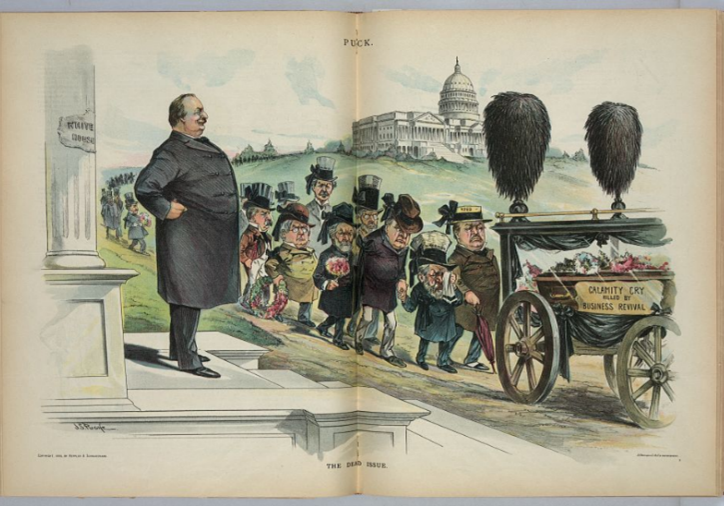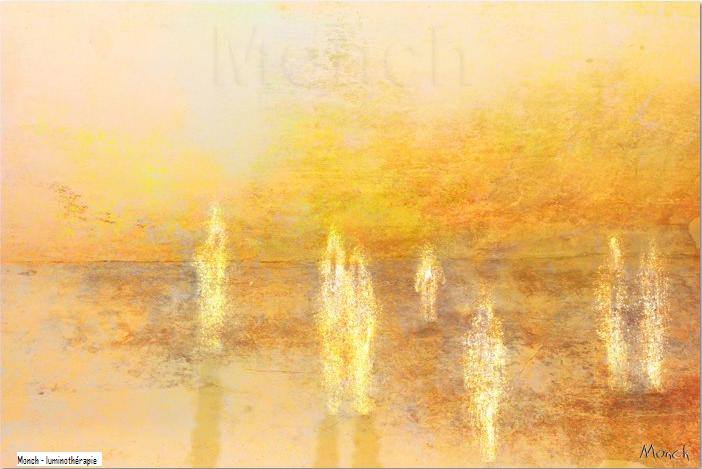The Wolf that Drives You to the Cemetery: The Strange Etymology of "Hearse"

Oscan is an extinct language from southern Italy and was a close relative of Umbrian. Spoken by various tribes, it was a written language adapted from the Etruscan and scholars have identified inscriptions in Oscan dating as far back as prior to 300 BCE. There are remnants of graffiti in Pompeii that were scrawled in Oscan and so attest to it being spoken or written up to about 79 CE.
The script itself is different from others of neighbouring areas and similar languages, and is quite beautiful. It seems almost runic to my eye. Much could be said about Oscan, but we need to get back to the wolves.
The Oscan word for wolf is thought to be “hirpus”. One might think that the connection between a hearse and a wolf might refer to one falling prey to the animal, but the path from one word to the other is “curiouser and curiouser” as Alice in Wonderland famously remarked.
The Oscan word “hirpus” was adopted by the ancient Romans and slightly changed to “hirpex”. It then took on the meaning of a harrow, an instrument used in agriculture to break the soil. Perhaps the long teeth of the harrow were reminiscent of the fangs of the wolf.
From ancient Rome, the word meandered over and into Old French where it became “herce” or “herse”, and where it still refers to the process of harrowing; in modern French a harrow is called a “herse”.
Moving into the medieval period, in France it was customary to erect a frame around the bier of an important person, and that frame had a spiked construction, enabling it to hold candles. At some point it was noted that the spikes on the frame resembled the teeth of a harrow, so the French began to refer to the bier’s frame as the “herse”.
It was from this point that English speakers began to refer to the metal frame as a “taper hearse” (tapers meaning candles in this context). Over the course of a few centuries, these hearses were either fixed or temporary, and were often highly decorated. Then, in the latter part of the 17th century, the use of the word changed. At the beginning of that century, a “hearse” referred to a coffin or tomb, but later it began to denote a vehicle made to transport a coffin.
Incidentally, the word “rehearse” has a similar path, with the emphasis on the harrowing nature of a performance and the need to practice until it was perfect.
So next time to see a funeral cortège being led by an elegant hearse, you can reflect upon the ancient Oscan wolf that accompanies us on our final journey.
Would you like to read other Posts? If so, please click the Home Page link below:

You, Dear Reader, are much needed and appreciated.
Everything written requires a reader to make it whole. The writer begins, then you, dear reader, take in the idea and its image, and so become the continuation of its breath. Please subscribe so that my words can breathe. Consider this my hand, reaching out to yours.
